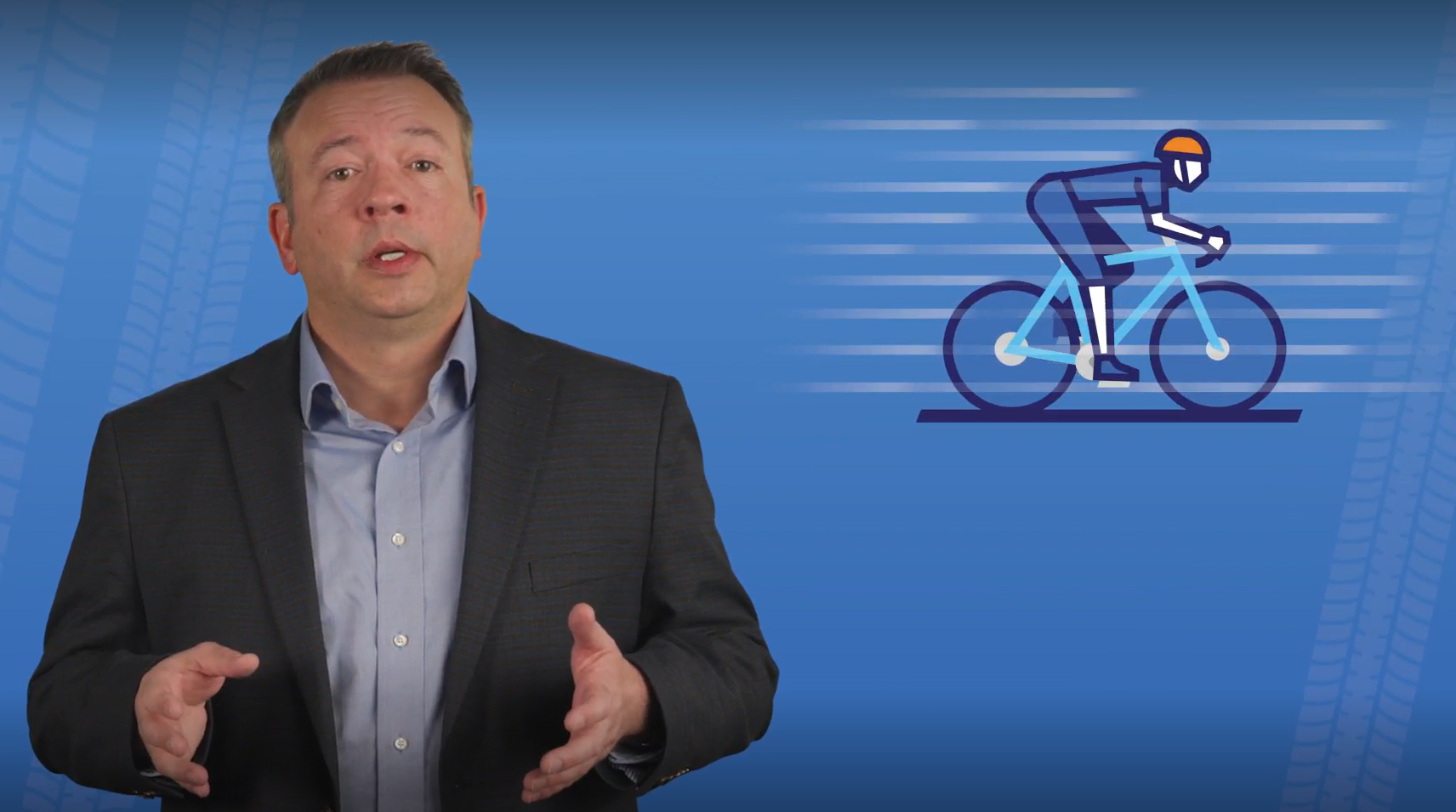Principle in Brief
We have long emphasized the importance of continually improving to drive rather than be a victim of the increasing rate of creative destruction. But in recent years, as the speed and magnitude of these changes accelerated, a heightened sense of urgency was required to not only improve but transform our performance. This led our businesses and capability groups to apply the concept of headwinds and tailwinds to transform their ability to succeed in a variety of environments by modifying their visions and strategies and building the required capabilities.
Headwinds exist for a product where its long-term opportunities and profitability are being seriously eroded by declining demand or a reduction in the barriers to entry. These winds can be generated by, among other things, competition from new technologies or products, unfavorable changes in consumer preferences or government interventions.
Tailwinds exist for a product where its long-term profitability has the potential to greatly increase. These winds can be generated by, among other things, new technologies, products or strategies, favorable changes in customer preferences or distortive government subsidies and mandates.
Wherever a headwind or tailwind exists it creates competitive forces in the opposite direction. The effects of headwinds are lessened by negative factors, such as those listed above, which deter new entrants, investments and innovations. The effects of tailwinds are lessened by stimulating a flood of new competitors, investments and innovation.
The headwinds/tailwinds model we developed for entering or remaining in a business, based on whether we have or can build the right capabilities for whatever conditions exist, has been a major factor in our recent successes.
Understand It Better
Examples
Notice how these examples are all powerful, sustained factors that affect the competitive landscape.
- Headwinds
- Tailwinds
The creation and popularity of smartphones created headwinds for companies that made things like standalone music devices (ex: MP3 players), watches, alarm clocks, and landline phones/services.
As casual clothes have become more acceptable in many facets of our lives, companies that make more formal wear face headwinds because of this change in consumer demand.
As electric vehicles have become more popular and favored by government policy, manufacturers of combustion engines and automobile parts are facing headwinds.
The creation and popularity of smartphones created tailwinds for companies with online, self-service capability — such as online banking and video streaming.
As casual clothes have become more acceptable in many facets of our lives, companies that make casual clothes have experienced tailwinds.
As electric vehicles have become more popular and favored by government policy, manufacturers of batteries and electric components and systems are experiencing tailwinds.
Give It a Try
The power of these principles happens through application. There’s no substitute for learning as you apply.
- Do an internet search to see what headwinds and tailwinds a particular product or industry might be facing.
- Reflect: Consider the products or services your business provides. Are you facing a headwind or tailwind environment? What might that mean for you and your team?
- Talk with your supervisor about the headwinds/tailwinds your team faces and the strategies you are using to succeed.
- What are some headwinds or tailwinds that you’ve seen throughout your career?
- What are some headwinds or tailwinds that might be affecting your business?
- What capabilities help your business succeed in the current environment?
